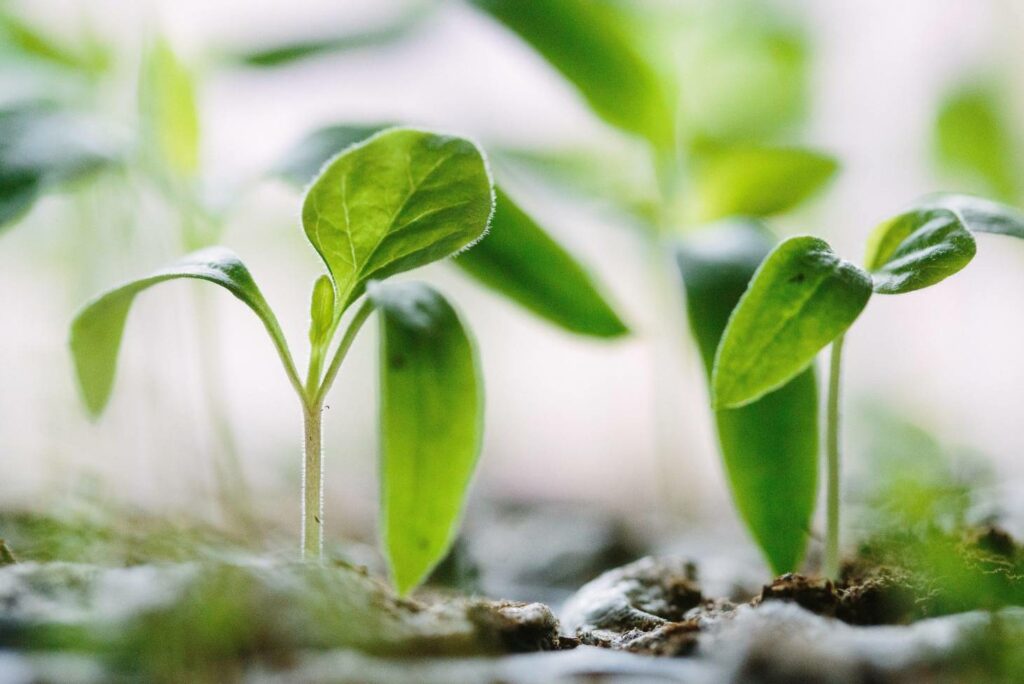From CO2Science: Despite insurmountable evidence that rising levels of atmospheric CO2 enhance plant growth, boost water use efficiency and help ameliorate environmental stresses, climate alarmists are consistently seeking ways to downplay any beneficial impact of CO2. This is because any acknowledgement that atmospheric CO2 is a virtue becomes an obstacle in their path to eliminate all use of fossil fuels. And so they often ignore the positive impacts of rising CO2 on plants or they will highlight any perceived negative impact, however remote or unlikely that impact might be. As an example, though they will grudgingly acknowledge elevated CO2 increases the yield of grapes, they claim such increases will come at the expense of grape quality, which of course could well harm the wine industry. Fortunately, however, with respect to this specific claim, we now have direct evidence that rising atmospheric CO2 has no impact on wine quality thanks to the recent study by Wohlfahrt et al. (2020).
Paper reviewed: Wohlfahrt, Y., Tittmann, S., Schmidt, D., Rauhut, D., Honermeier, B. and Stoll, M. 2020. The effect of elevated CO2 on berry development and bunch structure of Vitis cinifera L. cvs. Riesling and Cabernet Sauvignon. Applied Sciences 10: 2486, doi: 10.3390/app10072486.
In reaching this conclusion, the team of six German researchers grew two grapevine (Vitis vinifera) cultivars (Riesling and Cabernet Sauvignon) at the VineyardFACE experimental site of Hochschule Geisenheim University in Geisenheim, Rheingau, Germany, over three consecutive years, collecting data on various grape quality parameters. The experiment employed free-air CO2 enrichment (FACE) technology, with elevated CO2 (+20% above ambient values of approximately 400 ppm) supplied from sunrise to sunset only.
With respect to their findings, the authors report the single berry weight was unchanged by CO2 during the first year of the experiment. However during years 2 and 3 the meager 80 ppm increase in atmospheric CO2 during daylight hours was sufficient to increase this parameter by an average of 17% for the Riesling cultivar and an average of 21% for Cabernet Sauvignon.
Concerning grape berry quality, Wohlfahrt et al. report that analysis of total soluble solids, pH, total acidity, organic acids, nutrition status and non-invasive Multiplex measurements revealed elevated CO2 “had little impact on berry composition of Riesling and Cabernet Sauvignon during berry development.” More specifically, they note elevated CO2 (1) “did not result in modified total soluble solids accumulation during ripening,” (2) “the sugar content of must at harvest date is not influenced by elevated CO2,” and (3) the “shikimic acid, citric acid and N-OPA provided no distinct differences between elevated CO2 and ambient CO2 treatment for either cultivar.”
In summing up their findings, the scientists thus conclude their work “provides evidence that elevated CO2 did alter some bunch and berry parameters without causing any negative effects on fruit quality during berry development and structure of bunches.” All in all, therefore, it appears the alarmists will just have to accept the fact that rising CO2 improves the growth of these two grapevine cultivars without impacting their quality. And that sounds like a very favorable outcome!



Wow.! How do you keep track of all the data you collect? I use SimpleMind and it’s huge with all the climate change data.
Kind regards
Jeff